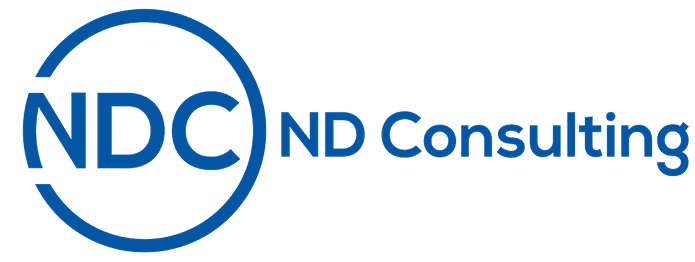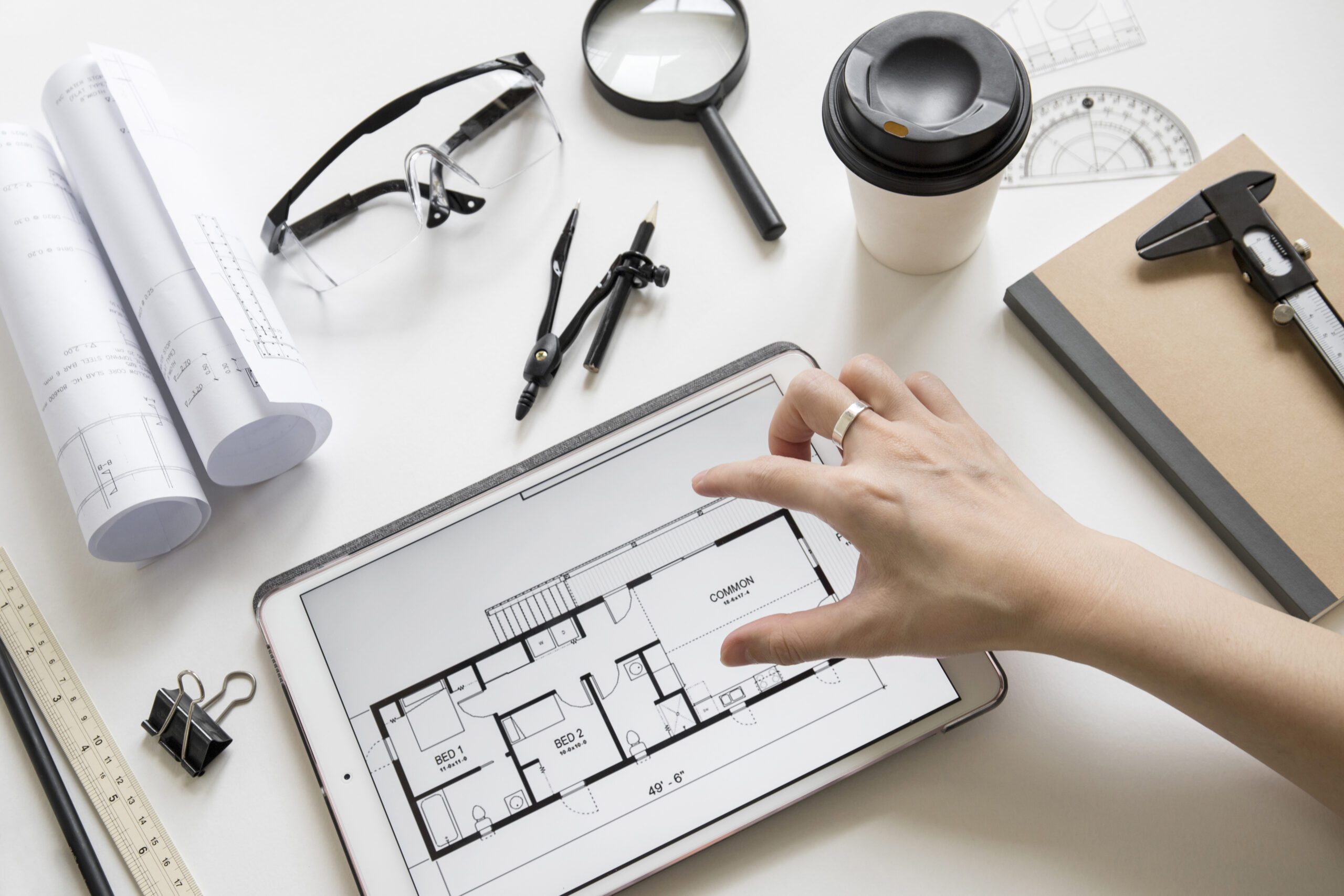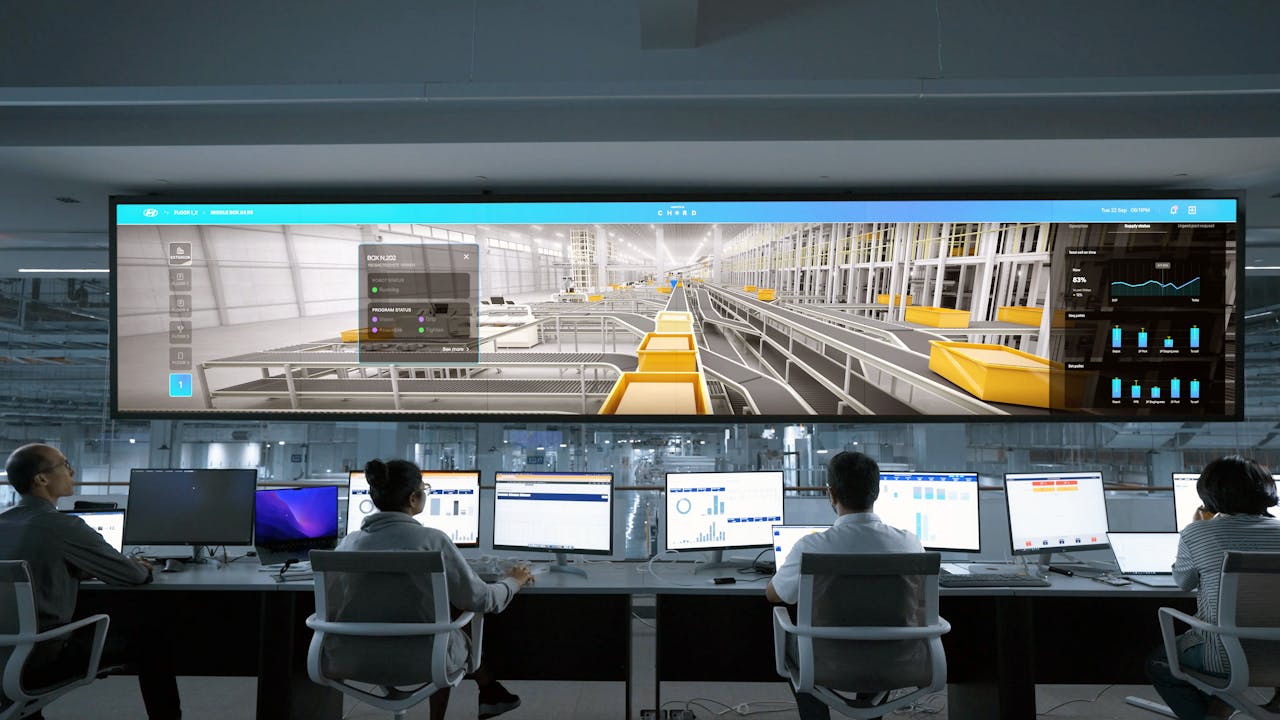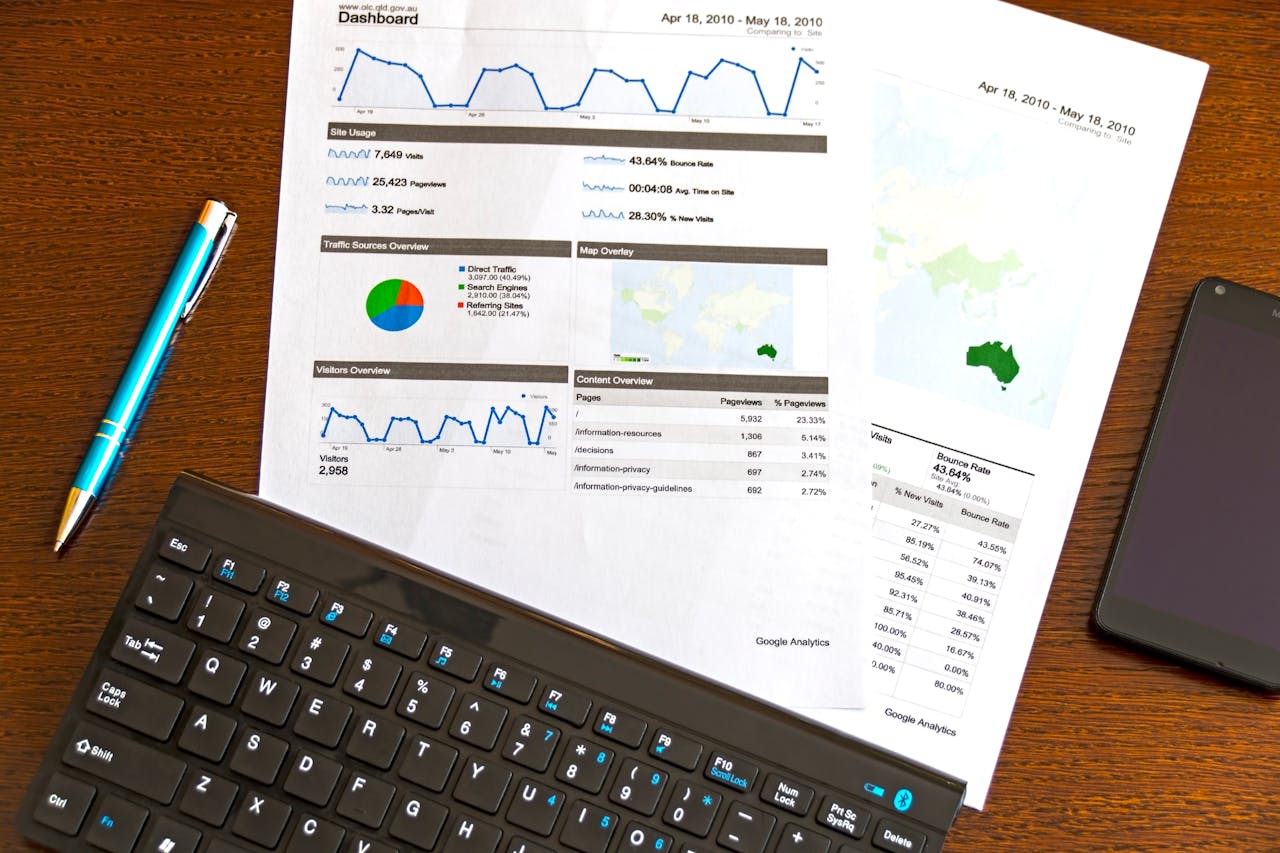Not all property management tools cost the same, and more importantly, not all of them are worth the same. So, if you’re wondering how much does property management software costs? Here’s the unfiltered answer: it depends on your portfolio size, the kind of properties you manage, and the features you need.
Here’s a breakdown of what you can expect to pay, what affects the prices, and what hidden fees you need to be aware of.
What You Can Expect to Pay in 2025
The property management software cost depends on how many units you manage, which features you use, and whether you’re working solo or with a full team.
Here’s what you can expect to pay in 2025:
| Units Managed | Estimated Monthly Cost |
Who It’s For |
| 1–20 | $0 – $70 | Solo landlords, part-timers |
| 20–200 | $60 – $300 | Small-to-mid sized portfolios |
| 200–1000 | $300 – $1500+ | Growing property firms |
| 1000+ | $1500 – $5000+ (custom quotes) | Enterprises, REITs, firms |
Here’s a simple way to put it. The higher your unit counts and the more advanced your needs (such as CAM reconciliation, investor reporting, lease abstraction), the more you’ll pay.
What Really Affects the Price
Don’t let the base cost fool you. It’s the add-ons and advanced tools that really push pricing north.
Here are the usual suspects:
- Online rent collection – Expect 2.95% to 3.5% per transaction if tenants pay with cards.
- User licenses – Some platforms charge extra per user or per manager seat.
- Advanced reporting – If you want detailed owner/investor reports, you might need a higher tier.
- Maintenance automation – Work order systems, vendor portals, etc., often come as paid extras.
- Integrations – Connecting to QuickBooks or Salesforce? API access might cost more.
So, if you’re doing a property management software pricing comparison, don’t just look at base fees; run the numbers on features you’ll actually use. If you don’t need all the extras, stick with the basics. Paying for features you won’t use is the fastest way to break your budget.
Comparing The Big Names
If you’re trying to evaluate the cost of AppFolio vs Buildium vs Yardi, here’s how much they generally cost:
|
Platform |
Starting Price | Unit-Based Pricing |
Best For |
| AppFolio | $280/month minimum | $1.50–$3.20 per unit | Firms with 50+ units and growth plans |
| Buildium | $55/month | Tiered plans, no per-unit | Landlords and mid-size portfolios |
| Yardi | Custom pricing | Breeze = low cost; Voyager = high cost | Large portfolios, commercial, enterprise |
Yardi’s two-product approach makes it flexible. Yardi Breeze is simpler and cheaper, while Yardi Voyager is packed with advanced features like as custom reporting & analytics, but comes at a higher cost.
However, if you’re looking for affordable property management software, there are quite a few options available.
Affordable Property Management Software Worth Considering
If your goal is to keep things lean without losing valuable features, there are a few platforms offering real value without sticker shock.
Here’s a short list of affordable property management software that are worth looking into:
1- DoorLoop
- Best for: Owners and managers of up to 300 units.
- Why it stands out: Streamlined features, great interface, transparent pricing.
- Cost: Starts at $69/month.
- Notable tools: Owner reports, maintenance management, online payments.
2- TenantCloud
- Best for: Landlords with smaller residential portfolios.
- Why it stands out: Offers a free commercial property management software plan with basic features.
- Cost: Free plan available; premium plans from $16.50/month.
- Notable tools: Lease tracking, accounting, tenant screening.
3- Rentec Direct
- Best for: Budget-conscious landlords who still want automation.
- Why it stands out: Built-in trust accounting and tenant portals.
- Cost: Starts at $45/month
- Notable tools: CAM tracking, e-signatures, QuickBooks integration.
Each of these platforms strikes a good balance between price and features, especially if you’re still growing or want to keep things simple.
They may not have the depth of enterprise tools, but they do the job well without breaking the bank. These platforms are ideal for those looking for the best value property management tools in 2025.
What You Should Actually Look At
The best way to compare software isn’t just price. It’s the price versus what you’re getting. If one platform costs $300/month but replaces your accounting tool, lead gen software, and tenant screening service, that might still be a deal.
When doing a property management software pricing comparison, focus on the following:
- Included features – Don’t assume online payments or maintenance requests are standard.
- Number of users allowed – Especially if you run a team.
- Mobile experience – Can tenants and staff use the app on the go?
- Reporting depth – Will it give owners and investors what they need?
- Support – Will you get help when something breaks?
You want something that fits your workflow. Paying less for software that doesn’t actually help is still overpaying.
When Paying More Actually Makes Sense
There are times when higher pricing is justified. If you’re managing commercial real estate, you’ll likely need advanced tools like:
- Lease administration
- CAM reconciliation
- Automated billing for variable utilities or tax changes
- Advanced compliance and audit reporting
These are features that platforms like Yardi commercial property management software offer. Just make sure you’re not overpaying for tools you won’t use.
The Hidden Fees You Must Be Aware Of
Even the best-looking monthly price can hide some hidden fees. Here are some hidden fees in property management software you should ask about:
- Setup or onboarding costs
- Document e-signature limits
- Fees for owner portals
- Extra charges for support or training
- Limits on data storage or reports
Always ask for a full quote, not just the base rate.
Key Takeaway
It’s not just about the price. It’s whether you’re getting value for what you’re spending. You don’t want to end up with clunky software that slows your team down or a tool that doesn’t scale as your portfolio grows.
Your best bet is to pick a platform that covers your current needs, leaves room to grow and won’t nickel-and-dime you along the way.
To sum it up, property management software costs in 2025 range from free to thousands of dollars per month, but the smartest choice depends on you, your properties, your team, and your goals.





